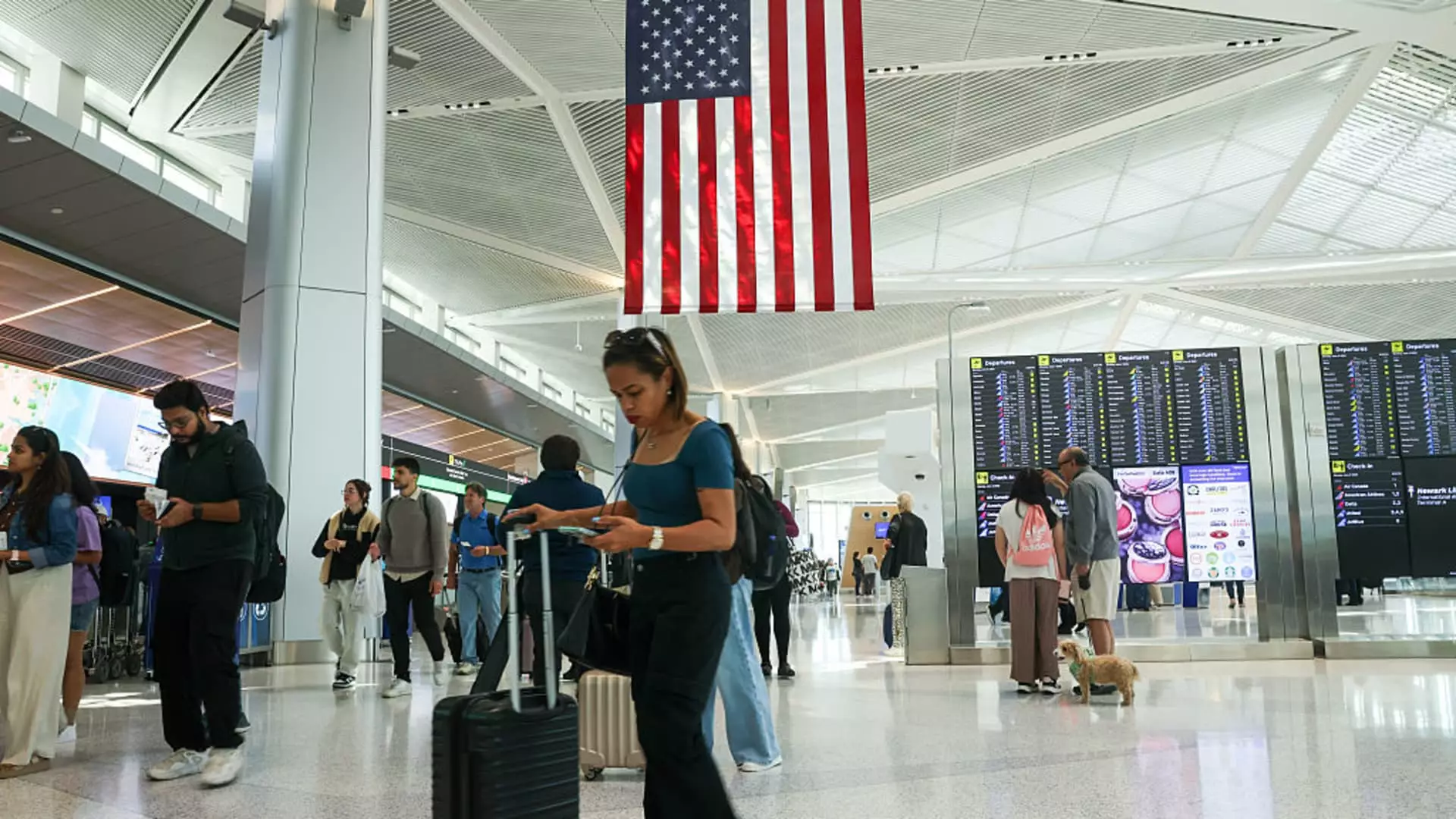As millions of Americans prepare to take to the skies for the July 4 holiday, a false sense of optimism seems to be taking hold in the airline industry. Airlines boast of bustling summer travel, but beneath this surface lies a fragile, uncertain economic reality. The fact that domestic airfares are at their lowest since 2021, averaging $265 for a round-trip, signals a significant shift—not a sign of strength. It’s a reminder that the industry is still carrying the heavy weight of oversupply and waning demand. The summer surge, while encouraging superficially, is a temporary boost—a bandage over deeper financial wounds that are not healing but merely hidden beneath the veneer of holiday cheer.
Economic Clarity Is Still Out of Reach
The airlines’ efforts to forecast their future are increasingly fraught with ambiguity. Major carriers like Delta, American, Southwest, and Alaska Airlines have pulled their 2025 outlooks, citing a murky economic landscape. Turmoil from tariffs, unpredictable political shifts, and declining international travel have all contributed to this uncertainty. The broader macroeconomic environment appears resilient—jobs are still being created and consumer spending remains somewhat stable—but demand for air travel remains lackluster. Airline executives and analysts are cautiously optimistic, but their optimism feels misplaced. The industry’s reliance on strong Q2 and Q3 profits to carry it through foreseeable turbulence is a gamble, especially when the demand just isn’t matching the forecasts.
The Reality of Demand: Tepid and Unpredictable
While TSA’s anticipated traveler numbers are at record levels, these figures are deceptive. Elevated passenger numbers do not necessarily translate into profitability or sustainable growth. The data suggests that the demand, especially for leisure travel, is struggling to rebound fully, despite the reopening of borders and easing restrictions. Recent declines in air travel spending—nearly 12% in June—highlight that consumers are increasingly cautious, cutting back on discretionary travel amid economic uncertainties. This reluctance is further evidenced by airlines’ plan to cut unprofitable routes, particularly during off-peak periods, signaling that the excess capacity built during the pandemic is still weighing heavy. The industry’s core problem is simple: far more seats are available than travelers willing to buy them at profitable prices.
International Travel: A Mixed Bag
International air travel offers a glimmer of hope, especially for major carriers heavily invested in global routes. However, even this segment is showing signs of softness. Fares to Europe have fallen to about $817 on average—roughly on par with pre-pandemic levels—reflecting a competitive pricing war and decreased willingness to pay. Flights to Asia have become even more affordable, with prices down by 13%. While increased international flights might superficially suggest resilience, the reality is that many travelers are being priced out or are simply reluctant to splurge on overseas trips. The international market, once a beacon of growth for U.S. carriers, now feels more like a wounded giant—still alive but significantly weakened.
Will the Industry Find Its Footing?
The airline industry’s short-term optimism might be misplaced. While the summer is shaping up to be busier than expected, this is more of a fleeting phenomenon rather than a sign of enduring strength. Airlines are cautious, cutting capacity and deferring long-term investments, which hints at a recognition that demand might never fully bounce back to pre-pandemic levels. The bigger question is whether these carriers can sustain profitability amid persistent overcapacity and uncertain economic currents. Airlines are playing a dangerous game—balancing hopes for recovery against the stark reality of shrinking demand and razor-thin margins.
The current state of the airline industry is a study in contrasts. On one hand, there’s an apparent surge in summer travel—on the other, a cautious industry wary of deeper, long-lasting economic shifts. The industry’s rallying cries of recovery are increasingly hollow, masking fundamental vulnerabilities that threaten its future stability. Until consumer confidence surges and international travel rebounds convincingly, airlines will remain caught in a precarious balancing act, floating on a tide of short-term gains while fighting against structural weaknesses that could jeopardize profitability for years to come. This is not a story of easy recovery, but one of resilience tested and strained by events far beyond the industry’s control.

